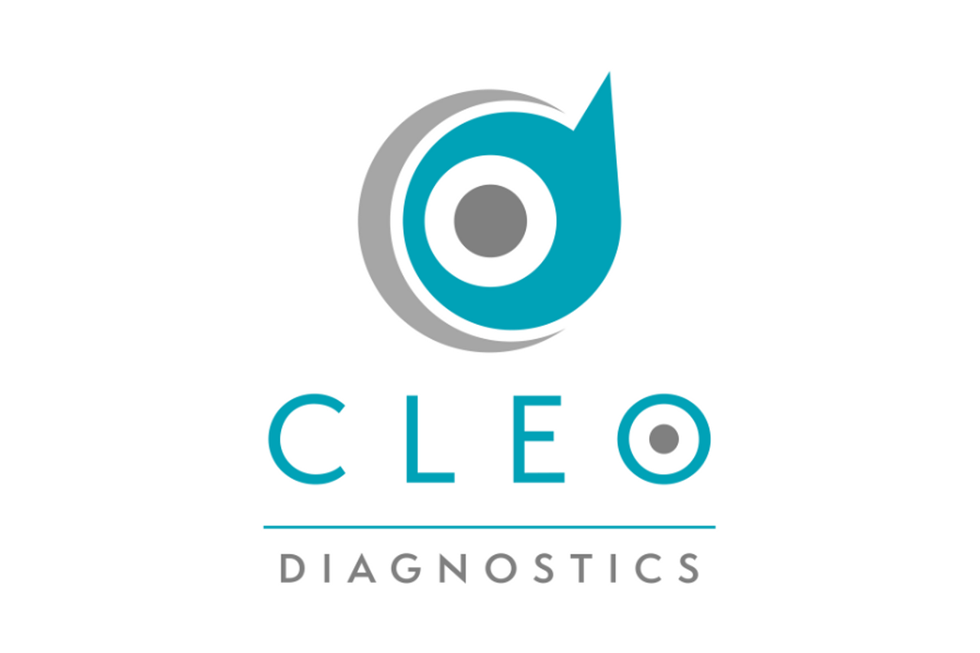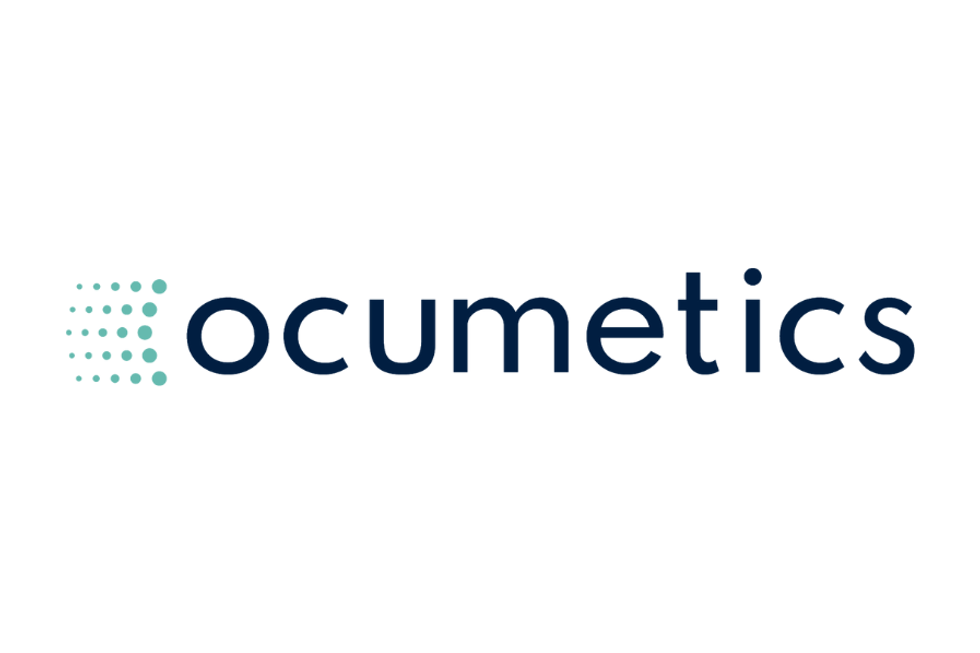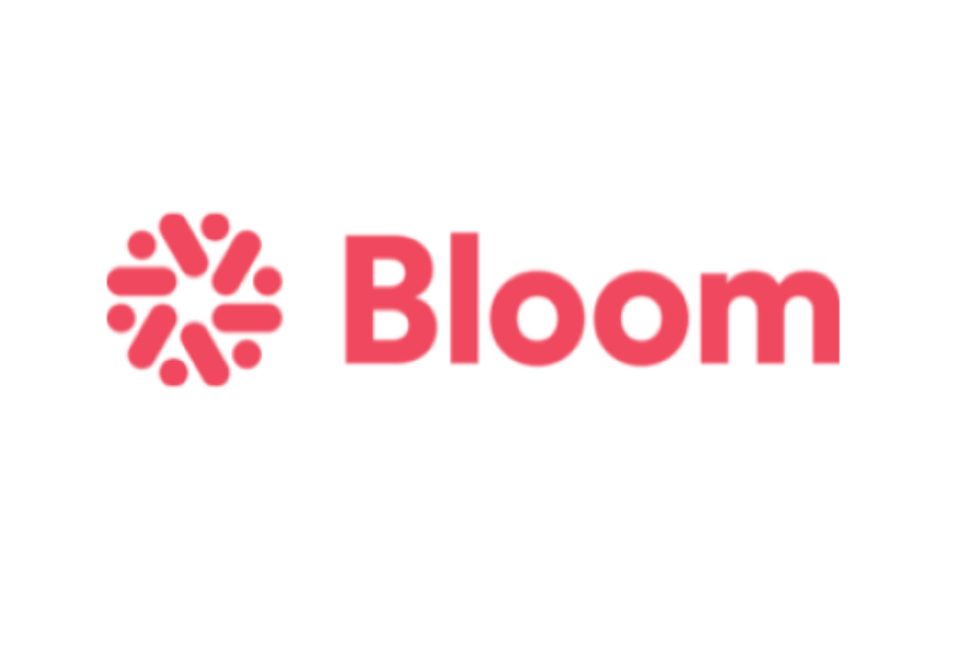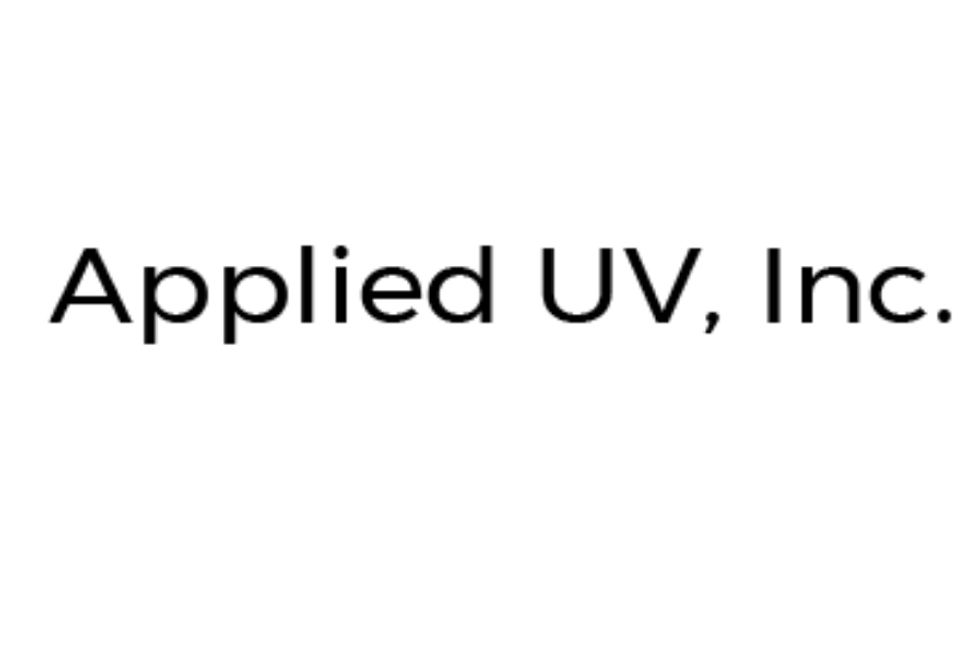Highlights from the 2015 Wearable Technologies Conference
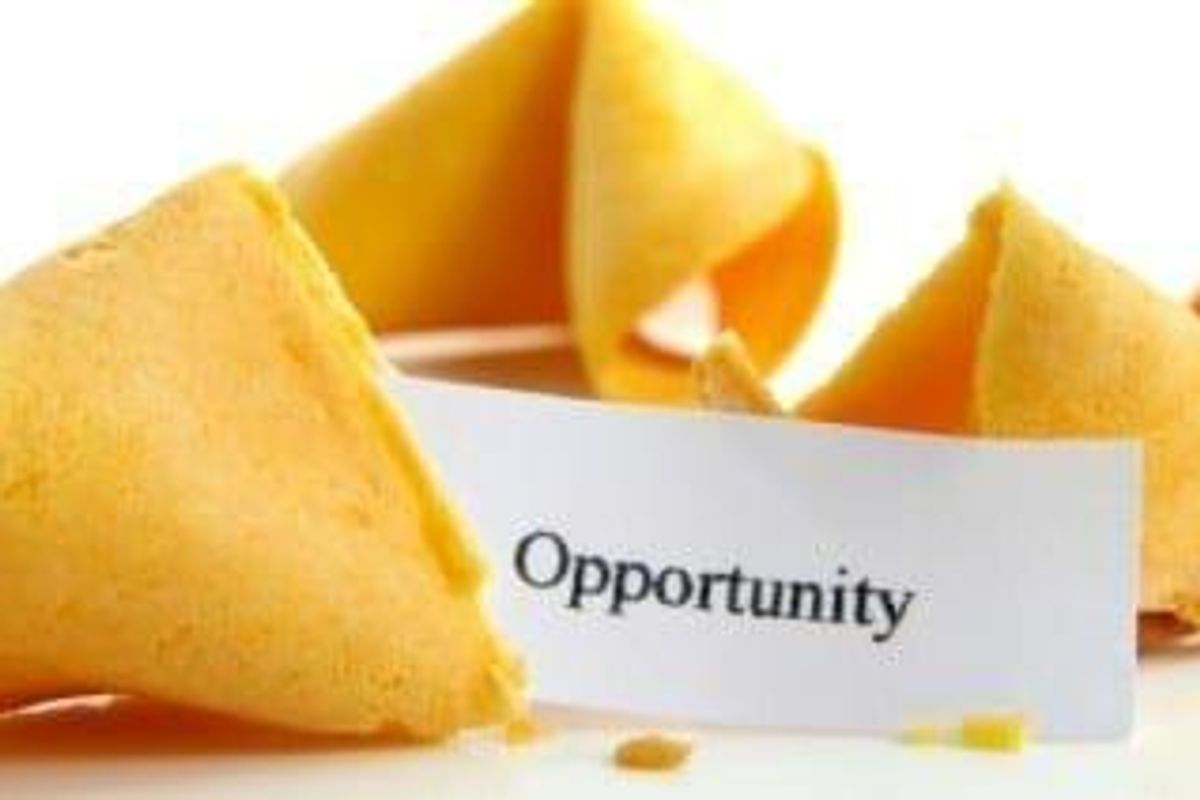
The conference highlighted end-user emotion and autonomy as key aspects of creating a successful wearable device.
The Canadian Wearable Technologies conference was hosted in Toronto, Ontario on Thursday, September 10. The Investing News Network (INN) attended the conference to hear about the latest trends in the field of wearable technologies.
The conference was held at the MaRS Discovery District, an independent registered charity working to connect the the corporate, small business, government, academic and research sectors with the intention of encouraging collaboration and community.
The conference was kicked off by an introduction from Christian Stammel, founder and CEO of the business development platform Wearable Technologies, after which morning keynote, Tom Fowler of Recon Instruments, set up the audience to anticipate a day of innovation in this field.
The importance of emotion in wearable technologies
Other speakers in the morning included Colin McCarthy of WiTricity, Wolf Ritcher of EPIC Semiconductors and Cindy Soo of Flextronics (NASDAQ:FLEX).
During her speech, Soo spoke about the important of inserting emotion into the world of wearable technologies. These products aren’t just about innovative hardware, they are about creating a cohesive experience that draws consumers to the brand.
For instance, users should form a personal connection with the product, helping it achieve greater longevity in a notoriously trend driven marketplace. Here, design and function need to achieve perfect harmony. Take, for example, a wearable bracelet: the aesthetics have to be eye catching, attracting the user as if it were a conventional bracelet, but the functionality has to be on point as well.
This extends to all aspects of the user’s experience, even recharging. Soo suggests that this hypothetical wearable ought to be recharged in a jewellery box, like a traditional bracelet, rather than plugging it into a wall outlet like a standard piece of technology.
Soo’s emphasis on creating intuitive wearables with an emotional aspect was carried through much of the conference. Creators of wearable technologies are recognizing that the end user is of ultimate importance, and than means reinserting emotion into the world of tech.
Diverse panelists, diverse industry
The afternoon’s presentations highlighted the diversity of wearable technologies. Ashlyn Bird, co-founder of Biosensive Technologies, revealed the creation of the first smart earring backing, which works with any post-back earring, while Lyssa Neel, founder and CEO of Linkitz Systems, outlined the market for children’s wearables.
Meanwhile, Dylan Horvarth, president of Cortex Design and strategic partner with Cloud DX, spoke about his work on Vitaliti, a medical device created for the $10 million Qualcomm Tricorder XPRIZE competition, which challenges teams to create a portable, automatic health diagnostics product for at-home use. Other speakers, like Michael Kravshik of GestureLogic, Lew Lim of Vielight, and Hani Abidi of Ollinfit, also drew the connection between wearable technology and fitness and health.
The afternoon keynote speaker, Jocelyn Dunn, spoke about her experience as Chief Scientist on the NASA-funded HI-SEAS Mission III, an 8-month Mars mission simulation located in Hawaii. In a fascinating presentation, Dunn spoke about the importance of wearable technologies for space travel – wearables helped collect information about the health and stress of the simulated astronaut crew.
Defining Trends
The conference hosted a multitude of other presenters and exhibitors, all of whom had their own perspectives on the wearable technologies market. By and large, the biggest trend of the event was a push towards putting consumer experience first. In an area where it is easy to get wrapped up in the hardware, these companies were emphasizing user experience as a foremost area of concern.
There also seemed to be a push towards giving consumers greater autonomy. From children to personal health, these devices are working to empower users, giving them greater knowledge and independence as they confront the world.
Securities Disclosure: I, Morag McGreevey, hold no direct investment interest in any company mentioned in this article.

